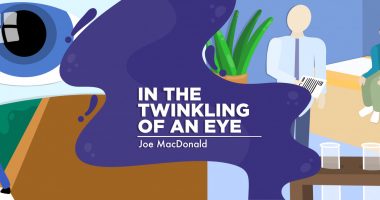Developing Inhibitors Inflates Treatment Costs and Impairs Quality of Life, Study Finds

Hemophilia patients who develop inhibitors against treatment face markedly higher healthcare costs — about three times those of other patients — and experience poorer quality of life, according to a team of scientists in Italy.
Alternatives are available and should be considered for these patients, they write.
The study, titled “The socio-economic burden of patients affected by Hemophilia with inhibitors,” appeared in the European Journal of Haematology.
The development of inhibitors, antibodies in hemophilia A and B patients that are an immune response to treatment and prevent factor VIII and IX therapies from working, is the current major complication in hemophilia treatment. Inhibitors result in increased risk of death, serious bleeding and disability, and increased healthcare costs.
Immune tolerance induction (ITI), one alternative treatment for these patients, works to train the body to recognize the therapy without reacting against it.
However, ITI is less effective in hemophilia type B (HB) patients than in those with type A (HA).
NovoSeven (Novo Nordisk) and Feiba (Shire) – two medications known as bypassing agents – are used against acute bleeds in patients with inhibitors. NovoSeven is not licensed globally for prophylaxis (preventive treatment), and Feiba is indicated for HA only.
Patients with inhibitors are more likely to have deteriorated joint structures, which often require surgery. Pre-surgical treatment with NovoSeven or Feiba has shown to successfully control bleeding in recent years, but optimal doses and duration of treatment are yet to be determined.
Preventive under-the-skin treatment with Hemlibra (emicizumab-KXWH, Genentech), an approved HA treatment for adults and children with factor VIII inhibitors, can markedly reduce bleeding rates, while also improving quality of life, clinical trials showed. This benefit and its less-invasive method of delivery “suggest a possible significant improvement in care for HA patients with inhibitors,” the authors said.
With other approaches currently in clinical testing, and given “this complex and changing scenario,” the team studied the socio-economic burden of hemophilia with inhibitors, aiming to provide a reference to measure the impact of new treatment methods.
Data was collected by analyzing 94 English-language hemophilia studies published from January 2007 to September 2017. The scientists conducted two systematic reviews of the literature to collect data on treatment-related costs and health-related quality of life.
Results showed that costs associated with hemophilia patients and inhibitors are over three times greater than those of patients without inhibitors, occasionally reaching more than $1,000,000 per year. Bypassing agents represented most of the total healthcare direct costs of hemophilia treatment.
The data also showed that developing inhibitors reduced patients’ quality of life, especially physical aspects. Patients reported pain, problems with mobility and daily activities, missing school or work, and more frequent hospitalizations.
In contrast, their mental health was comparable to the general population.
“The development of an inhibitor has a high impact on costs and quality of life,” the researchers wrote.
“This analysis may serve as a reference” to help physicians, patients and others be aware of new treatment options and consider alternatives for the managing hemophilia with inhibitors, they added.






